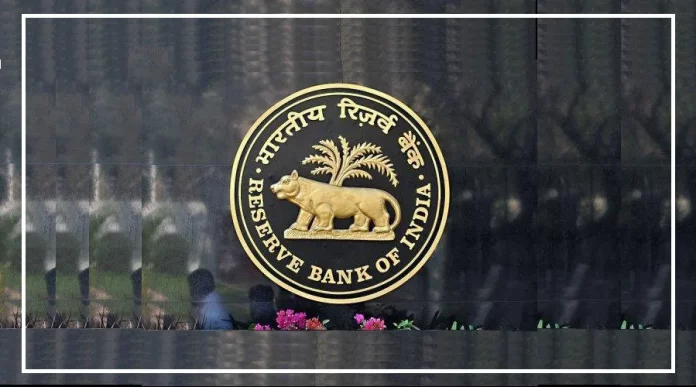In a recent announcement, Reserve Bank of India (RBI) Governor Shaktikanta Das revealed significant developments in the Payment Infrastructure Development Fund (PIDF) scheme.
The PIDF scheme, initiated in January 2021, primarily focuses on facilitating digital payments in less urbanized areas, including Tier-3 to Tier-6 cities, North-Eastern States, and Union Territories like Jammu and Kashmir and Ladakh.
Here are the key highlights
Extension of PIDF Scheme
Governor Das disclosed that the PIDF scheme, which was originally set for three years until December 2023, will now be extended for an additional two years, continuing until December 31, 2025.
Inclusion of PM Vishwakarma Beneficiaries
Under this expansion, the beneficiaries of PM Vishwakarma Yojana will be incorporated into the PIDF scheme.
This strategic move aims to strengthen digital transactions at the grassroots level.
Boosting Digital Transactions
To further stimulate digital payments, the RBI plans to incentivize the deployment of emerging payment methods like soundbox devices and Aadhaar-enabled biometric devices within the PIDF scheme.
This effort is expected to accelerate the growth of payment infrastructure in specific regions.
Governor Das expressed that more details regarding these amendments will be provided soon.
It’s noteworthy that Prime Minister Narendra Modi launched PM Vishwakarma Yojana, which offers subsidies of up to eight percent on loans for artisans.
The scheme provides artisans with loans up to Rs 3 lakh at a highly affordable interest rate of five percent, without requiring any collateral.
These developments reflect the RBI’s commitment to enhancing digital payment accessibility and inclusivity in various regions of India.
